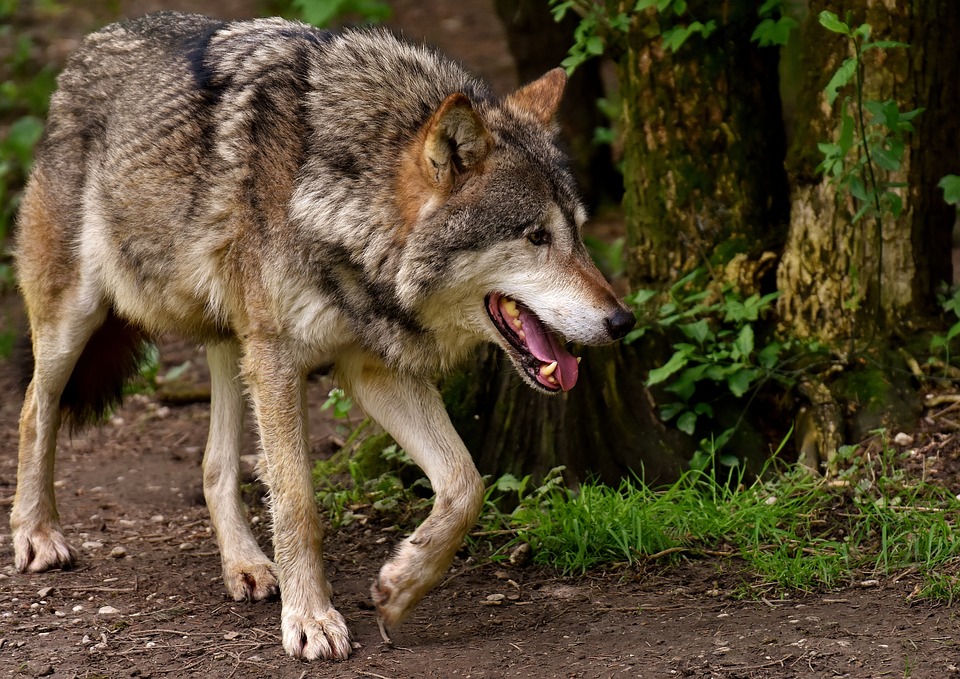Have you ever wondered how the heart rates of different animals compare to that of humans? Our hearts beat at an average resting rate of around 60-100 beats per minute, but what about other creatures in the animal kingdom? Visual Capitalist has put together a fascinating infographic that visualizes the resting heart rates of 15 different animals, providing a unique insight into the cardiovascular systems of these diverse species.
Let’s start by looking at some of the animals featured in the infographic and their corresponding resting heart rates. The list includes a wide range of creatures, from the tiny hummingbird with a heart rate of 1,260 beats per minute to the majestic blue whale with a heart rate of just 8-10 beats per minute. This stark contrast in heart rates highlights the incredible diversity of life on Earth and how different animals have evolved to meet the demands of their respective environments.
One interesting observation from the infographic is the correlation between an animal’s size and its resting heart rate. Generally, smaller animals tend to have faster heart rates compared to larger animals. This is because smaller animals have higher metabolic rates and require more oxygen to sustain their energy needs. As a result, their hearts need to beat faster to supply oxygen-rich blood to their tissues efficiently.
On the other hand, larger animals like elephants and whales have slower heart rates due to their lower metabolic rates and energy requirements. Their hearts are larger and more efficient at pumping blood throughout their massive bodies, allowing them to maintain a lower resting heart rate while still meeting their physiological needs.
Another interesting aspect highlighted in the infographic is the impact of environmental factors on an animal’s heart rate. For example, animals that live at high altitudes, like the llama and the vicuña, have higher resting heart rates to compensate for the lower oxygen levels in their environment. This adaptation allows them to maintain sufficient oxygen delivery to their tissues despite the challenging conditions.
Overall, the visualized data on the resting heart rates of different animals offers a unique perspective on the incredible diversity and adaptability of life on Earth. It showcases how evolution has shaped the cardiovascular systems of various species to meet the specific demands of their environments and lifestyles. Next time you hear your heart beating, take a moment to appreciate the complexity and beauty of this vital organ that connects us to all living creatures on our planet.





